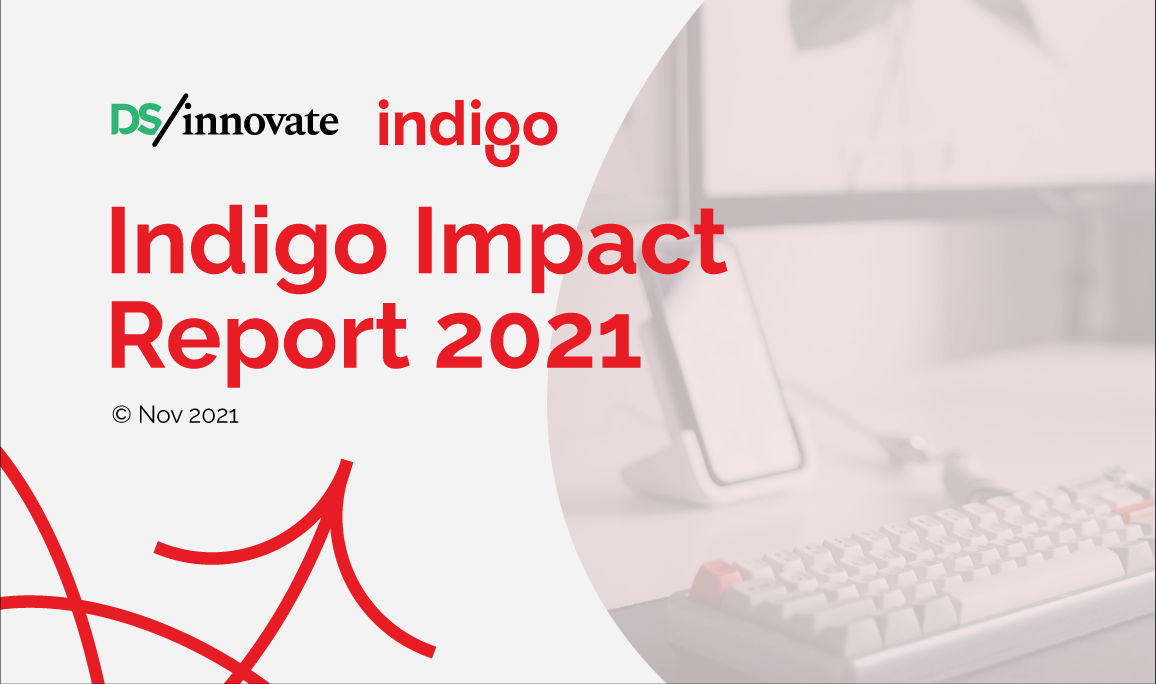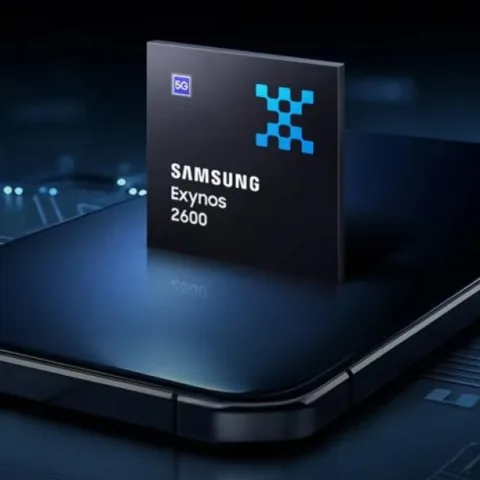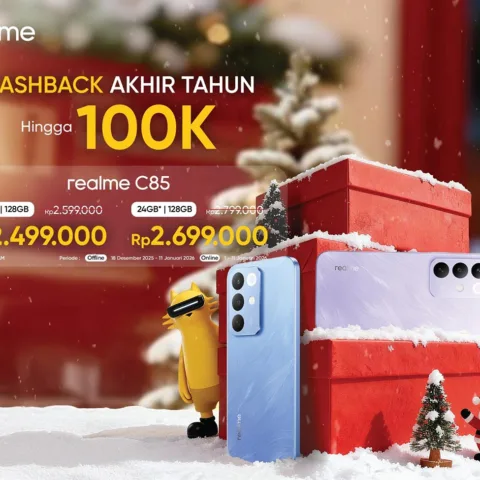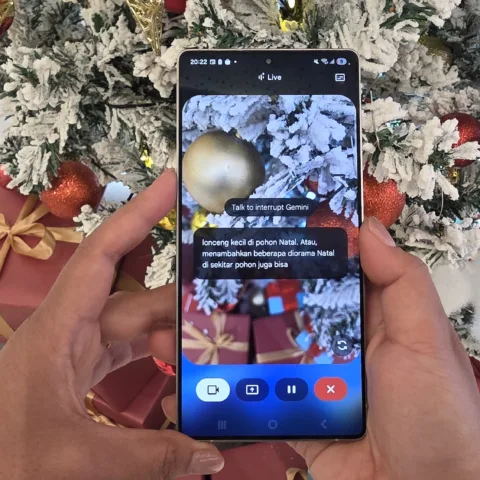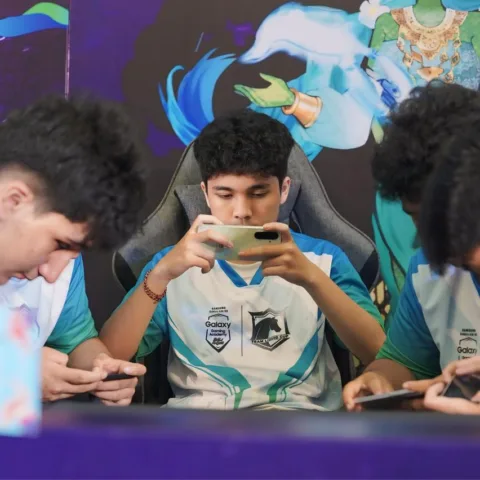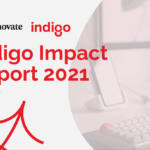 Following up on our break down of the Distimo report on mobile applications published last week, this time we will look at the findings regarding in-app purchases. Distimo has been publishing its reports regularly on a monthly basis since Apple’s App Store was opened in mid 2008 but this is the first time that the company shed light on the Asian region.
Following up on our break down of the Distimo report on mobile applications published last week, this time we will look at the findings regarding in-app purchases. Distimo has been publishing its reports regularly on a monthly basis since Apple’s App Store was opened in mid 2008 but this is the first time that the company shed light on the Asian region.
The in-app purchase model is something that has received quite a bit of limelight in the last several weeks as mobile developers selling applications on Apple’s App Store and Google’s Android Market are being taken to court by Lodsys, a company claiming to own the patent to in-app purchases. While the case is still on-going, the scope of its coverage is actually beyond the discussion of this article.
What in-app purchase brings
In-app purchase is something that Apple had introduced in 2009 for its developers but Google only just launched it on the Android Market last May. It allows developers to sell additional items or upgrades from within applications. It enables applications such as Twitterrific to be made available for free but with an option to upgrade to a full version with additional features if the buyer chose to do so. It also allows magazine and newspaper publishers to offer subscription and additional issues from within their applications as opposed to having to sell separate issues as individual applications.
In-app purchase is certainly popular among games as players are able to download the games for free and pay to purchase additional options, upgrade items, open new path ways, and to progress faster than using the conventional means.
The Asian response
While this has been met with enthusiastic response in North America and Europe, the success of in-app purchase is largely mixed in Asia. The report highlights the fact that only 34 percent of mobile app revenue in China came from in-app purchase as opposed to 68 percent in the United States.
Across Southeast Asia however, in-app purchase is not something that’s largely avoided. Unlike in China, South Korea, or Japan, Southeast Asians have no problems embracing in-app purchase model with the exception of Vietnam.
Singapore leads the pack with 79 percent of mobile app revenue coming from in-app purchases followed closely by Malaysia with both countries recording higher percentages than the United States and Canada. In Indonesia, The Philippines and Thailand, between 55-65 percent of mobile app revenue comes from in-app purchases. Vietnam is the odd one out in Southeast Asia at 40 percent.
The published report does not detail the actual revenue that’s being generated by these applications but it does note that “the total revenue in Asia is about two-thirds of the revenue in the United States” and Japan leads the Asian pack in total revenue from paid downloads. This means that while Asian consumers are happy to pay for in-app purchases, the total spending is nowhere near as large compared to that of North America.



